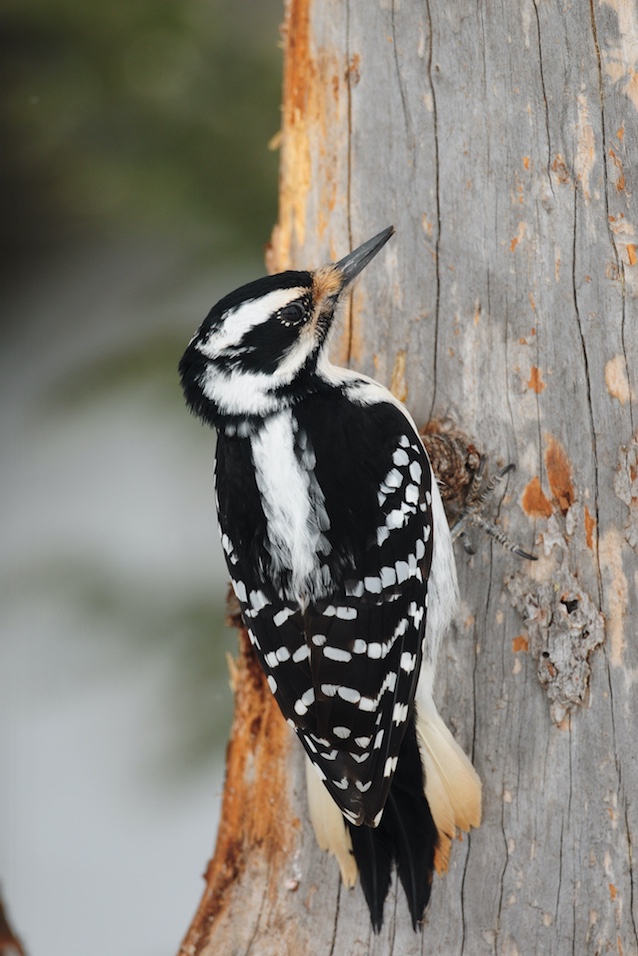Drumming (hammering) noises on the exterior of the building are usually caused by woodpeckers.
The woodpecker page has information about damage prevention and control measures. And the Cornell Lab of Ornithology has information about types of woodpecker damage specific to siding, with photos and more information on control measures.

The Wildlife Illinois website was authorized by the Illinois Department of Natural Resources (IDNR) in partial fulfillment of project W-147-T. The website was developed by the National Great Rivers Research and Education Center, 2wav, and the IDNR in partnership with the United States Department of Agriculture Animal and Plant Health Inspection Service Wildlife Services and University of Illinois Extension to provide research-based information about how to coexist with Illinois wildlife.